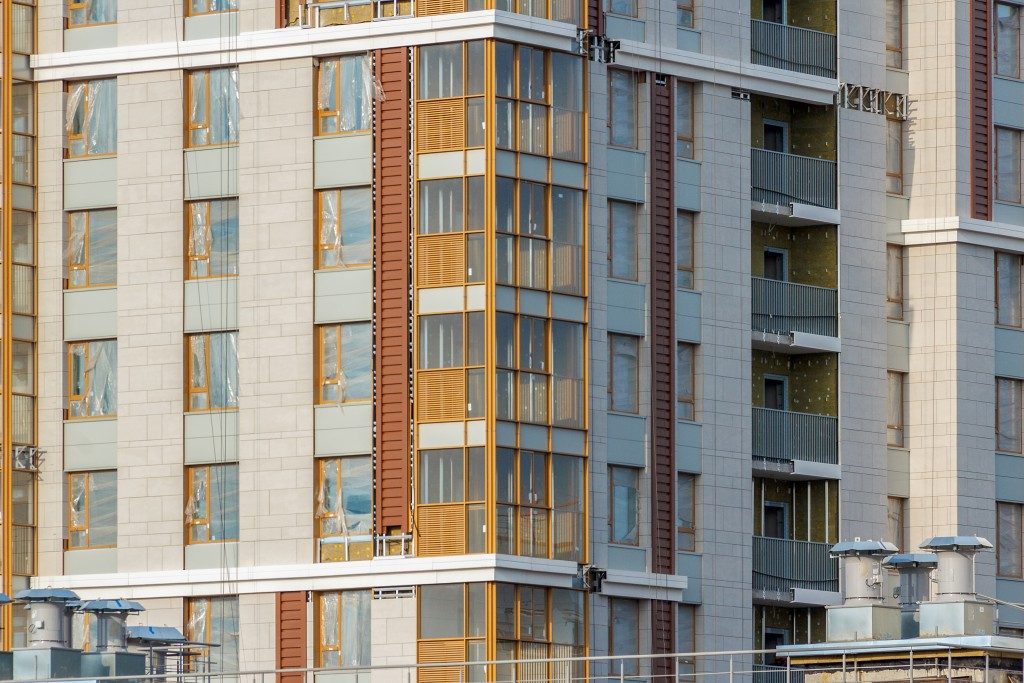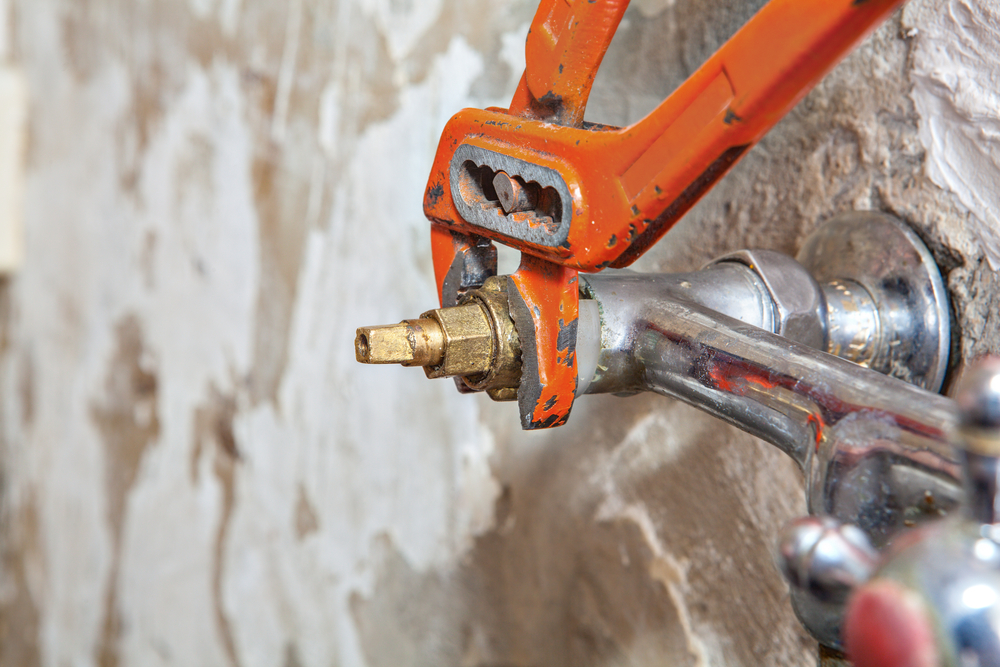When your building’s exterior walls are bare and unprotected, nature’s unforgiving elements like rain, moisture, snow and wind can easily find their way inside tiny cracks and gaps and cause possible structural damage. To prevent water and moisture infiltration, it would make sense to install a rainscreen system that will envelope your building’s façade, especially if you are located in an area where extreme weather conditions like storms, blizzards and high humidity are expected.
Rainscreen systems are built with façade protection as the main purpose. But as manufacturers continue to integrate changes in rainscreen technology, a properly-designed rainscreen system also offers more advantages than protecting a structure’s exterior walls.
Various Design Options
Over the years, rainscreen installations have evolved from functioning purely as a building façade’s protection to becoming a way to give a structure a more exciting and attractive look. Qcfacades, a leading provider of custom engineering solutions, agrees that a rainscreen system can both act as a building’s first layer of protection against the elements and be customized to incorporate an aesthetic element in its structural design.
Rainscreen panels are now available in different materials, colors, sizes, shapes and finishes, allowing architects and engineers the creative freedom in designing building plans. With so many options to choose from, rainscreen panels can breathe new life into an otherwise plain-looking façade or easily match a company’s branding requirements.
Fast and Easy Installation
Rainscreen cladding can be added as a covering to an existing wall without having to demolish an already-built structure. Since renovation is made outside the building’s premises, employees can continue working inside with very minimal interruption. Most rainscreen panels are made from materials like zinc, aluminum, copper, and stainless steel, so they can be applied almost during any type of weather.
Compared to wall façades made from concrete, stucco or brick, rainscreen panels are also much easier to install. Assembling materials, mixing and applying concrete or brick-laying can be labor-intensive and take a few days to accomplish. Inclement weather can also delay the construction schedule as the materials used cannot dry properly in wet or moist conditions.

Lower Maintenance Costs
The initial cost of rainscreen installations may be expensive due to the materials used. However, building owners can later on enjoy reduced maintenance costs since rainscreens, especially those made from metal panels can last over a long period and require less time for cleaning. Due to the non-porous nature of rainscreens, they are less prone to molding, rotting or cracking, which can also help extend the life of the wall exterior and reduce repair and replacement costs.
Thermal Conductivity
Rainscreen panels with thermal insulation allow heat to flow in and out of the building, which helps in reducing energy costs due to the use of heating or cooling systems. Insulated rainscreen panels also keep the wall protected against temperature changes that can cause internal condensation, mold and mildew growth and thermal bridge formation.
Rainscreen wall systems preserve a building’s strength and durability, enhance its appearance and reduce long-term maintenance costs, making them a practical investment for any structure.




